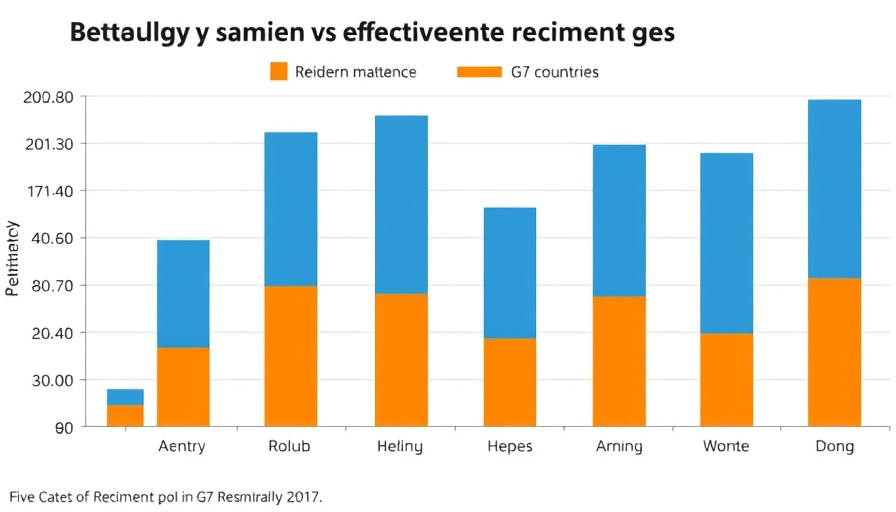
Transforming Onboarding: From Stagnant Rooms to Dynamic Experiences
Imagine walking into your new workplace, not greeted by monotonous slides of corporate policy, but by interactive sessions and relationships waiting to be forged. Traditional onboarding methods, often confined to the stale confines of conference rooms, are increasingly falling short of modern expectations for employee integration. Organizations that pivot away from excessive paperwork towards engaging and social experiences not only foster a sense of community but significantly bolster retention rates and productivity levels.
Why the Conventional Method No Longer Works
The robust representation of a conventional onboarding process highlights that it primarily emphasizes compliance and information over engagement. With a staggering 20% of employees ditching their jobs within the first 45 days, relying exclusively on dull conferences and one-way communication does little to foster belonging or connection. A lack of personal interaction in the early days breeds feelings of isolation for new hires, undermining their chances of success and long-term integration into the organizational fabric.
The Financial Imperative of Effective Onboarding
Beyond simple common sense, the numbers make a compelling case for rethinking onboarding strategies. The typical cost of onboarding new employees varies between $600 to $3,000 depending on the organization's size; however, the expense tied to employee turnover can be catastrophic, ranging from 16% to 213% of an employee's salary. Organizations that excel in welcoming new team members not only realize tangible financial returns but also enjoy elevated employee performance metrics. In fact, those with positive onboarding experiences enjoy a remarkable 23% higher profit margin compared to their less engaged counterparts.
Bringing the Human Element Back into Onboarding
But the benefits aren’t solely financial; they create a high-performance culture rooted in employee engagement and commitment. When organizations embrace a people-first leadership approach, they witness a dramatic shift in workforce optimization. Feedback from a Talmundo survey signals that when employees receive effective onboarding, they ramp up to productivity levels 50% faster than those who don’t. Thus, companies are encouraged to integrate social activities and relationship-building components into their onboarding plans, creating joyful narratives around early employment experiences.
Investing in Tomorrow: The Path Forward
As CHROs, Chief People Officers, and operational leaders, the responsibility rests on your shoulders to foster an environment where new hires feel like they belong from day one. The implications of an effective onboarding strategy go beyond immediate productivity; they lay the groundwork for future succession planning and robust workforce strategy. By implementing tailored employee retention strategies that prioritize personal interactions, organizations can build a sustainable framework that nurtures not just talent, but retention and commitment as well.
Act now: reconsider your onboarding processes and watch your employees thrive.
 Add Row
Add Row  Add
Add 




Write A Comment